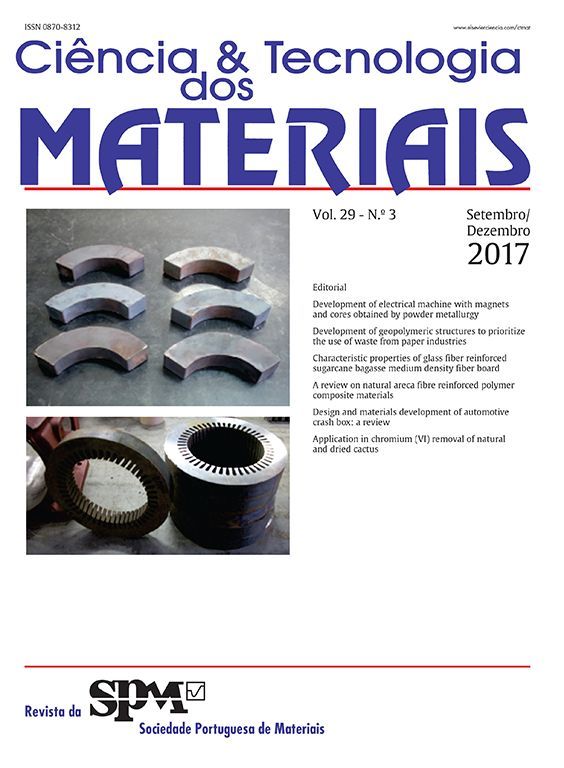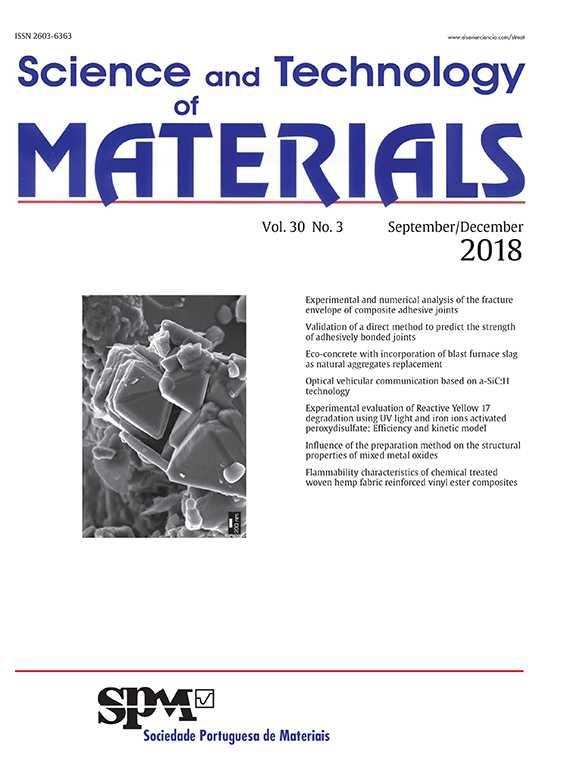Direct identification of cohesive laws in modes I and II of wood bonded joints is addressed by the double cantilever beam (DCB) and end-notched flexure (ENF) tests, respectively. Moreover, the development and extension of fracture process zone (FPZ) ahead of the initial crack tip, is analysed by means of digital image correlation (DIC) and embedded fibre Bragg grating (FBG) sensors. From FBG spectral response, the spectrum geometric mean is determined and the strain induced by wavelength variation employed to identify the initial and final stages of the FPZ. These stages are used to consistently define the cohesive laws in both modes I and II. Resistance-curves are determined from the compliance-based beam method (CBBM). Besides, the crack tip opening displacements (CTOD) are determined by post-processing displacement field provided by DIC around the initial crack tip. The strain energy release rate as a function of the CTOD are then determined for both mode I and mode II. The respective cohesive laws are reconstructed by numerical approximation and differentiation. It is concluded that the proposed data reduction scheme is effective to determine both the FPZ development phase and the corresponding cohesive laws of wood bonded joints in both mode I and mode II.
Consulte los artículos y contenidos publicados en este medio, además de los e-sumarios de las revistas científicas en el mismo momento de publicación
Esté informado en todo momento gracias a las alertas y novedades
Acceda a promociones exclusivas en suscripciones, lanzamientos y cursos acreditados





